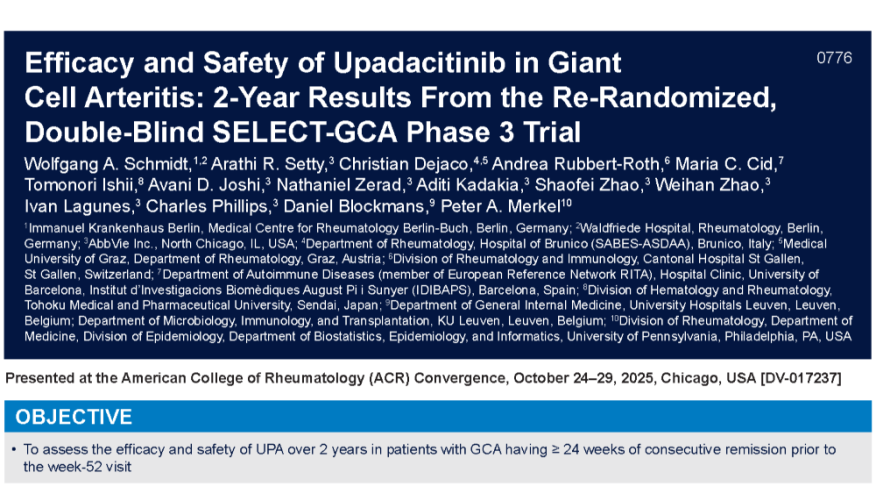CV Risk Early with Rheumatic Disease Diagnosis Save

A Finnish populaton study shows that the temporal relationship between cardiovascular (CV) comorbidities in rheumatic diseases (RMD) is seen early after the RMD diagnosis.
Data drawn from the FinnGen registries (between 2000 and 2014) identified seropositive (n = 2368) or seronegative (n = 916) rheumatoid arthritis (RA), ankylosing spondylitis (AS, n = 715), psoriatic arthritis (PsA, n = 923), systemic lupus erythematosus (SLE, n = 190), primary Sjogren's syndrome (pSS, n = 412) or gout (n = 2034). Each patient was matched (age, sex, and birth region) with twenty controls without RMD.
All studied rheumatic diseases imposes an elevated risk for cardiovascular (CV) comorbidities with highest risks seen with SLE and gout.The RR for ‘any CVD’ varied from 1.14 (95% confidence interval 1.02–1.26) in PsA to 2.05; 1.67–2.52) in SLE. Patients with SLE or gout demonstrated over two-fold risks for several CV comorbidities.
The ORs for CV comorbidities were highest within one year before and/or after the onset of the rheumatic disease. Yet, gout patients had an excess risk of CV disease was especially high before gout diagnosis.
The elevated CV risk for the studied rheumatic diseases was not suprising, especially for SLE and gout. This study is notable for demonstrating that the risk for CV diseases was highest immediately before and/or after rheumatic disease diagnosis, suggesting that the effects of systemic inflammation on the heart and vasculature is very early in these RMD.









If you are a health practitioner, you may Login/Register to comment.
Due to the nature of these comment forums, only health practitioners are allowed to comment at this time.